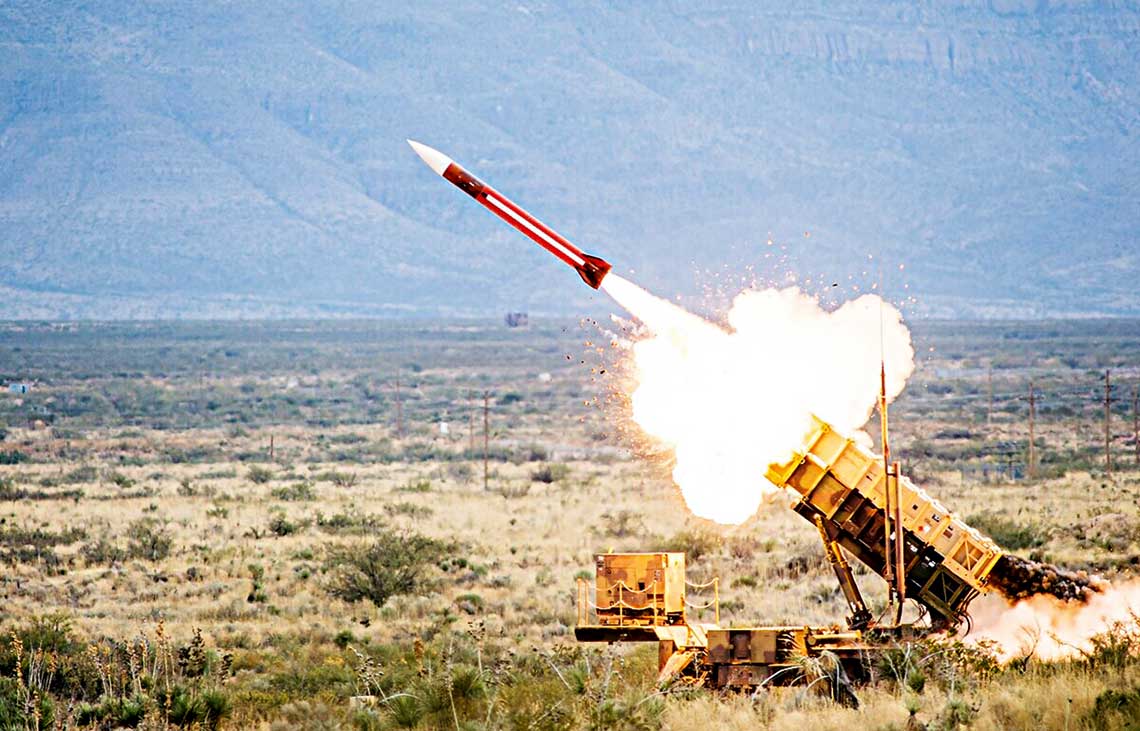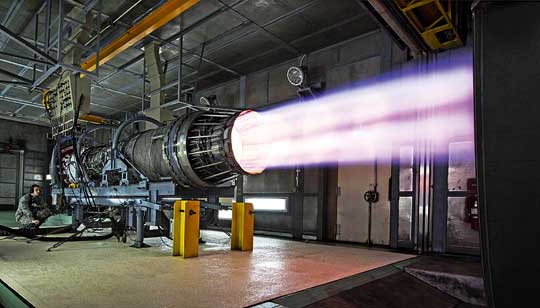
Merging Raytheon and UTC

Raytheon is currently the third largest defense company and the largest missile manufacturer in the world. Its merger with UTC will strengthen the company's position in the industry to the extent that the combined company will be able to compete for the palm with Lockheed Martin itself. United Technologies Corporation, although much larger than Raytheon, does not enter the new system from a position of strength. The merger will affect only divisions related to the aerospace and defense sectors, and the board itself faces serious obstacles among its shareholders in relation to the announced consolidation process.
On June 9, 2019, the American conglomerate United Technologies Corporation (UTC) announced the start of the merger process with Raytheon, the largest rocket manufacturer in the Western world. If the boards of both companies succeed in achieving these goals, an organization in the international arms market will be created, second only to Lockheed Martin in annual sales in the defense sector, and in total sales it will be less only than Boeing. This largest air and missile operation since the turn of the century is expected to end in the first half of 2020 and is further evidence of the next wave of defense industry consolidation involving companies on both sides of the Atlantic.
Combining positions 100 (Raytheon) and 121 (United Technologies) on the Stockholm International Peace Research Institute (SIPRI Top 32) list of the world's XNUMX largest arms companies will result in a facility with an estimated value of US$XNUMX billion and annual defense sales revenue. industry about US$ XNUMX billion. The new company will be called Raytheon Technologies Corporation (RTC) and will jointly produce a wide range of weapons and components, as well as electronic equipment and key components for aircraft, helicopters and space systems - from missiles and radar stations to missile parts. spacecraft, ending with engines for military and civil aircraft and helicopters. Although the June announcement from UTC is only a declaration so far and the actual merger will have to wait a little longer, both organizations say that the whole process should go without serious problems, and the US market regulator should approve the merger. The companies argue that, in particular, the fact that their products do not compete with each other, but rather complement each other, and in the past there was no situation where both entities were opponents of each other in the context of public procurement. As Raytheon CEO Thomas A. Kennedy says, “I can't remember the last time we had a serious competition with United Technologies. At the same time, President Donald Trump himself referred to the merger of both companies, who in an interview with CNBC said that he was “a little afraid” of the merger of the two companies because of the risk of reducing competition in the market.

UTC is the owner of Pratt & Whitney, one of the world's largest manufacturers of engines for both civil and military aircraft. The photo shows an attempt at the popular F100-PW-229 engine, including Polish hawks.
Considering that UTC owns Pratt & Whitney - one of the world's aircraft engine manufacturers - and, as of November 2018, Rockwell Collins, a major manufacturer of avionics and IT systems, the association with Raytheon - the world leader in the missile market - will lead to the creation of an enterprise with an exceptionally broad product portfolio in the aerospace and defense industries. UTC estimates that the merger will generate a 36-month return on equity for shareholders of between $18 billion and $20 billion. Moreover, the company hopes to recover more than $1 billion in annual merger operating costs from the merger four years after the deal closes. It is also expected that, thanks to the many synergies of technologies provided by both companies, in the long term they will significantly increase the opportunity for profit in areas that were previously not available to both companies operating independently.
Both Raytheon and UTC refer to their intention as a "merger of equals". This is only partly true, as under the agreement, UTC shareholders will own approximately 57% of the shares in the new company, while Raytheon will own the remaining 43%. At the same time, however, UTC's revenue as a whole in 2018 was $66,5 billion and employed about 240 people, while Raytheon's revenue was $000 billion and employment was 27,1. , and concerns only the aerospace part, while the other two divisions - for the production of elevators and escalators of the Otis brand and Carrier air conditioners - are to be spun off in the first half of 67 into separate companies in accordance with the previously announced plan. In such a situation, the value of UTC would be about US$000 billion and thus approach Raytheon's value of US$2020 billion. Another example of the imbalance between the parties is the board of directors of the new organization, which will consist of 60 people, eight of which will be from UTC and seven from Raytheon. The balance must be maintained by the fact that Raytheon's Thomas A. Kennedy will be president and UTC CEO Gregory J. Hayes will be CEO, both positions to be replaced two years after the merger. The RTC headquarters shall be located in the Boston, Massachusetts metropolitan area.
Both companies are expected to have combined sales of $2019 billion in 74 and will focus on both the civilian and military markets. The new entity will, of course, also take on UTC and Raytheon's $26bn debt, of which $24bn will go to the former company. The combined company must have an 'A' credit rating. The merger is also intended to significantly accelerate research and development. Raytheon Technologies Corporation wants to spend $8 billion a year on this goal and employ up to 60 engineers at seven centers in this area. Key technologies that the new enterprise will want to develop and thus become a leader in their production include, among others: hypersonic missiles, air traffic control systems, electronic surveillance using artificial intelligence, intelligence and surveillance systems, high-energy weapons. directional, or cybersecurity of aerial platforms. In connection with the merger, Raytheon wants to merge its four divisions, on the basis of which two new ones will be created - Space & Airborne Systems and Integrated Defense & Missile Systems. Together with Collins Aerospace and Pratt & Whitney they form a four division structure.